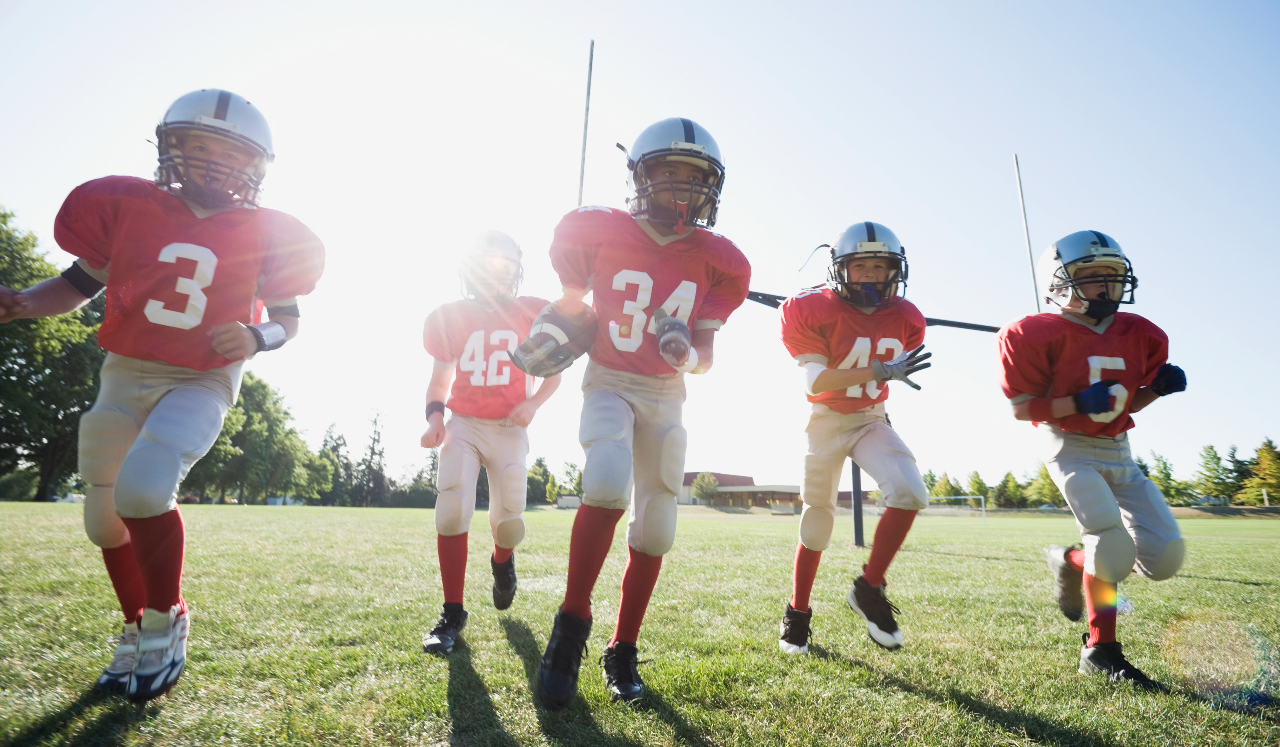It’s extremely uncommon for an athlete to go into sudden cardiac arrest while playing a sport. But when it happens, parents face a grim reminder of the dangers of contact sports — and some wonder how to keep their kids safe on the field, or whether it’s worth the risk of playing sports at all.
These concerns are valid, physicians say, but there are ways to protect young people from potentially life-threatening injuries. And the benefits of playing sports are worth keeping in mind, says Dr. Avichal Aggarwal, an associate professor at McGovern Medical School at UTHealth Houston and a pediatric cardiologist affiliated with Memorial Hermann.
“While rare, cardiac arrest can occur during sports of all kinds — and outside of sports altogether. About 2,000 young people under the age of 25 die every year from sudden cardiac arrest, according to the American Academy of Pediatrics. About 25% of those cardiac events occur during sports, and most young people who experience them have underlying heart disease, according to a study in the Annals of Pediatric Cardiology.
It’s less likely for a cardiac event to be caused by an injury on the field, and more common that the stress of exertion triggers an existing heart condition, such as thickened heart muscles or coronary artery anomalies, Dr. Aggarwal says. “These conditions can cause abnormal rhythms that can, in some cases, lead to sudden death,” he says. “That has nothing to do with contact, but having a faster heart rate because you’re exercising can cause the heart to go into an abnormal rhythm.”
While a routine sports physical can detect some abnormal heart rhythms, others go undetected, says Dr. Aggarwal. Still, they are so rare that there would be little benefit to giving advanced screening tests to every young person who plays sports.
“What’s more important is that if kids are having any symptoms like chest pain, dizziness, palpitations or shortness of breath out of proportion to the activity — or if they pass out — that needs to be dealt with quickly and appropriately. They need to be cleared by a physician before going back to the sport,” Dr. Aggarwal says. “Kids will sometimes hide those symptoms because they’re worried they won’t be allowed to play anymore. But most of the time it’s not a heart issue — it can be dehydration or something else. So, it doesn’t mean they have to stop playing; we just want to make sure they’re not at risk of a cardiac event.”
The same is true with the risk of concussions, says Dr. Summer Ott, an associate professor at UTHealth Houston, who is also the director of the Concussion Program at the Memorial Hermann | Rockets Sports Medicine Institute.
“I see concussions in all sports — it’s not specific to football,” says Dr. Ott. “We’ve seen athletes with concussions from softball, baseball, rugby, wrestling, cheer — even golf. And of course, you can get a concussion without playing a sport at all. For me, the most important question is: If it happens, how do you respond? We can’t prevent every concussion, but as a parent, what you have control over is immediate removal from play and getting your kid assessed by someone trained in concussion management.”
For a concussion, the most important first step is rest. “Don’t go back in the game,” Dr. Ott warns. “Kids who remain out of play after a concussion have a much better outcome. Your brain is in an energy crisis, and if you go back in and overdo it, it can put more stress on the brain. For the first day or two, you really need to rest your brain — not just from physical activity, but anything that challenges your brain, including studying really hard.”
Coaches and athletic trainers are often the first line of defense in keeping young athletes safe. They can be the first to recognize a head injury and take steps to prevent harm, Dr. Ott says. Likewise for heart issues, says Dr. Aggarwal.
“Coaches are advocates for the safety of their players and having them ensure that everyone is wearing proper protective gear and following the protocols they’ve implemented really helps,” he says. “Winning is important, but these players’ lives are much more important.”
Having an AED, or automated external defibrillator, accessible everywhere sports are played could save lives. And coaching staff, athletic trainers and volunteers should be trained in CPR, or cardiopulmonary resuscitation, Dr. Aggarwal says. For that matter, so should everyone. “You never know when someone might experience cardiac arrest, or where. On an airplane, at the park, in a grocery store — if you know CPR, you could save someone’s life,” Dr. Aggarwal says.
Over a lifetime, the benefits of playing sports typically outweigh the risks, Dr. Aggarwal says. “People who’ve played sports tend to stay more health-aware, and are more likely to have healthy habits, later in life. That’s something that can last a lifetime. You’re unlikely to start playing sports at age 30, but if you started as a kid, you’re much more likely to be active at 30.”


